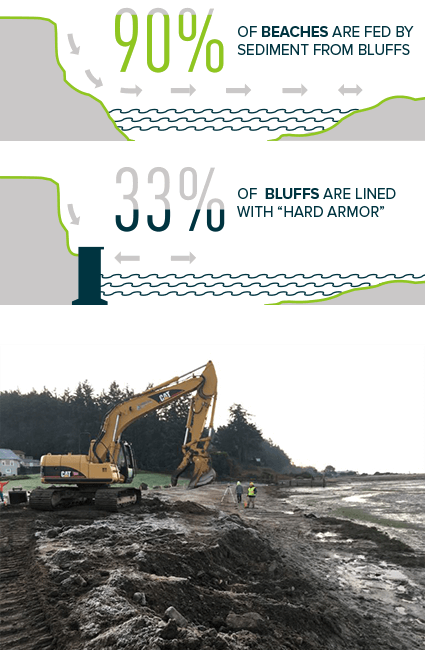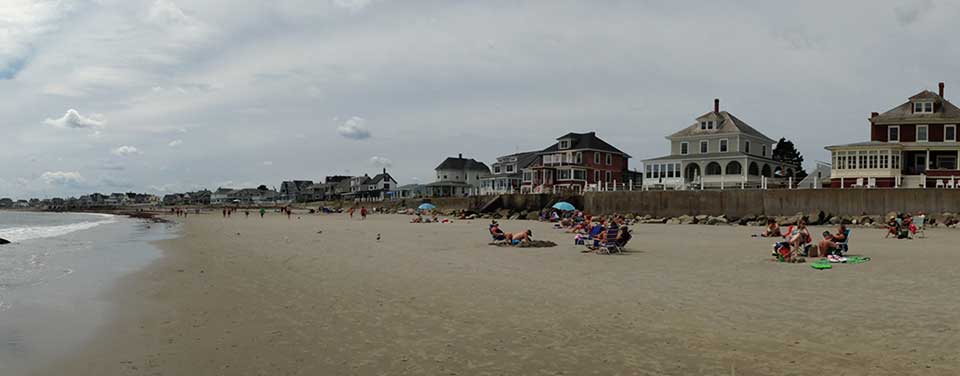Some Known Details About Shore Protect Team
Table of ContentsNot known Incorrect Statements About Shore Protect Team The 10-Second Trick For Shore Protect TeamHow Shore Protect Team can Save You Time, Stress, and Money.Not known Details About Shore Protect Team Some Known Details About Shore Protect Team Shore Protect Team Can Be Fun For AnyoneUnknown Facts About Shore Protect Team
Decrease in residential or commercial property value: As the area tourist is impacted by disintegration, so then is the economic climate. Purchasers are much less most likely to browse for a beach house that could be destroyed anytime by the upcoming flooding and disintegration emergency situation. In turn, property value can drop immensely and impact the whole area.Whether a coastline is simply small and jampacked or needs to close entirely for the safety and security of the ecosystem and nearby homes, this substantially influences tourist. Consequently, local economic climates are affected (https://infogram.com/shore-protect-team-1h9j6q7d873pv4g). Risk of injury: The raised danger of flooding and structural failures causes a boosted risk of injury to neighboring tourists and community members

Shoreline stabilization is straight related to their job. Beachfront resorts: Since shoreline disintegration influences tourist, it affects the success of waterside hotels.
Shore Protect Team Can Be Fun For Everyone
This eventually causes closures and deserted beachfront homes. Coastal industrial services: No tourists indicates no company. For those services dealing with citizens, their building is at danger of damages from disintegration and flooding. Coastal state parks: State parks that exist along coasts go to risk of damages. Not only to the manufactured frameworks and homes on site, however also to the all-natural ecological communities that exist within.
Difficult stabilization makes use of man-made frameworks as protection to regulate disintegration. The majority of forms of tough stablizing like seawalls and sheet metal are not suitable for coastline stablizing.
The smart Trick of Shore Protect Team That Nobody is Talking About
There's likewise inadequate proof of their effectiveness depending upon the type of shoreline and neighborhood problems. Tough stablizing techniques tend to be extra challenging to set up and don't match the all-natural visual, standing out like a sore thumb and hurting local ecosystems in lots of scenarios. Coastline nourishment is the procedure of including shed sand and debris back to coastlines after erosion has occurred.
TrapBags aid in the procedure of beach nourishment by securing natural ecological communities and permitting plants to grow. While this procedure can be expensive and is not long-term, the pros often tend to surpass the disadvantages. TrapBag obstacles deal numerous residential or commercial properties that make them optimal for coastal and shore disintegration protection. They're: Ecologically friendly: You can use native soil both to border and to fill up the TrapBags.

The Facts About Shore Protect Team Revealed
Easy to mount: Reduce of setup implies TrapBags can be released swiftly in case of an emergency. They can also be mounted with no heavy equipment. Economical: TrapBags are optimal for both tiny and big locations of coastline. They offer a budget-friendly option to cover jobs of any type of size.
Combined with a high building and construction expense, this has actually resulted in boosting usage of various other soft design seaside administration alternatives such as coastline replenishment. Seawalls are constructed from numerous materials, the majority of frequently enhanced concrete, boulders, steel, or gabions. Various other possible building and construction products consist of vinyl, wood, aluminum, fiberglass composite, and biodegradable sandbags made of hemp and coir. The appropriate seawall design depends on location-specific elements, including bordering disintegration procedures. There are 3 main kinds of seawalls: vertical, bent, tipped, and mounds (see table below). A report published by the United Nations Environment Program (UNEP) suggests that the tsunami of 26 December 2004 triggered less damages in the locations where natural obstacles were existing, such as mangroves, coral reefs or coastal plant life.
Natural obstacles, such as coral reefs and mangrove forests, stop the spread of tidal waves and the circulation of seaside waters and alleviated the flooding and surge of water. A cost-benefit approach is an effective means to establish whether a seawall is appropriate and whether the advantages are worth the expense.
Things about Shore Protect Team
A seawall is a fixed feature which can contravene the vibrant nature of the coast and impede the exchange of debris between land and sea. The table listed below summarizes some positive and adverse impacts of seawalls which can be used when comparing their efficiency with various other coastal management options, such as coastline sustenance. [] Benefits and disadvantages of seawalls according to Short (1999) Advantages Downsides Long term remedy in comparison to soft coastline nourishment.

This can trigger beaches to dissipate, rendering them useless for beach goers. Typically, seawalls can be an effective way to control seaside disintegration, however just if they are built well and out of materials that can withstand the pressure of continuous wave energy. Some understanding is needed of the seaside processes and morphodynamics details to the seawall area.
Shore Protect Team - The Facts
The appropriate seawall layout relies on location-specific aspects, including bordering disintegration processes. There are 3 main kinds of seawalls: vertical, bent, stepped, and piles (see table below).
All-natural obstacles, such as reef and mangrove woodlands, stop the spread of tsunamis and the circulation of seaside waters and reduced the flood and surge of water. A cost-benefit method is an efficient means to identify whether a seawall is suitable and whether the advantages are worth the cost.
Shore Protect Team for Beginners
A seawall is a static feature which can clash with the dynamic nature of the shore and impede the exchange of sediment between land and sea. Advantages and downsides of seawalls according to Short (1999) Advantages Disadvantages Lengthy term option in comparison to soft beach nutrients.

This can create coastlines to dissipate, making them useless for coastline goers. Normally, seawalls can be a successful means to regulate coastal erosion, yet just if they are created well and out of materials that can stand up to the pressure of continuous wave power.